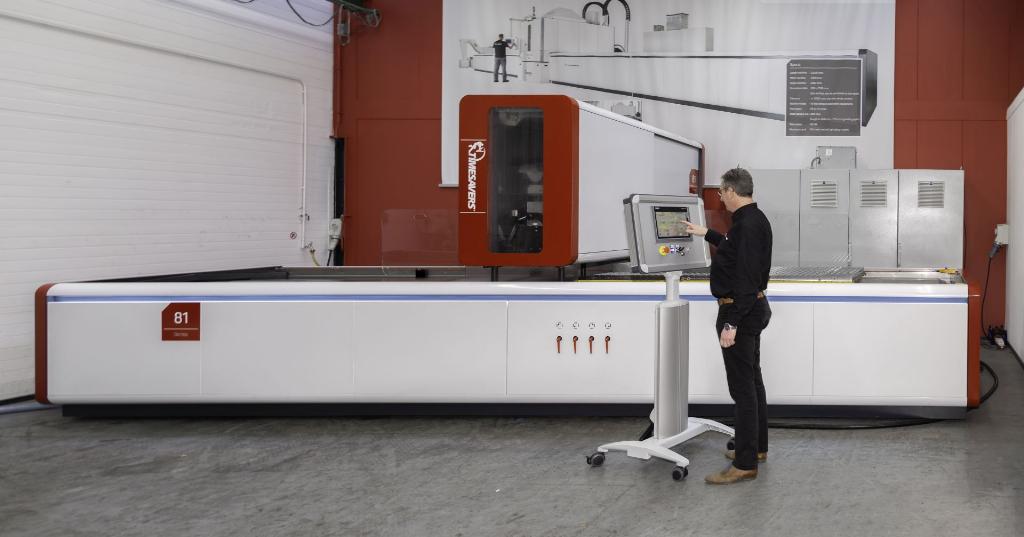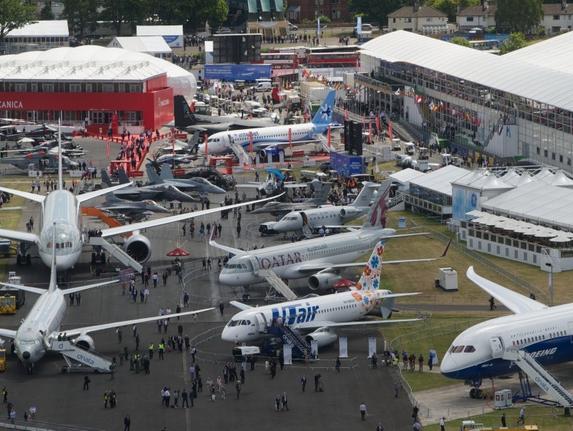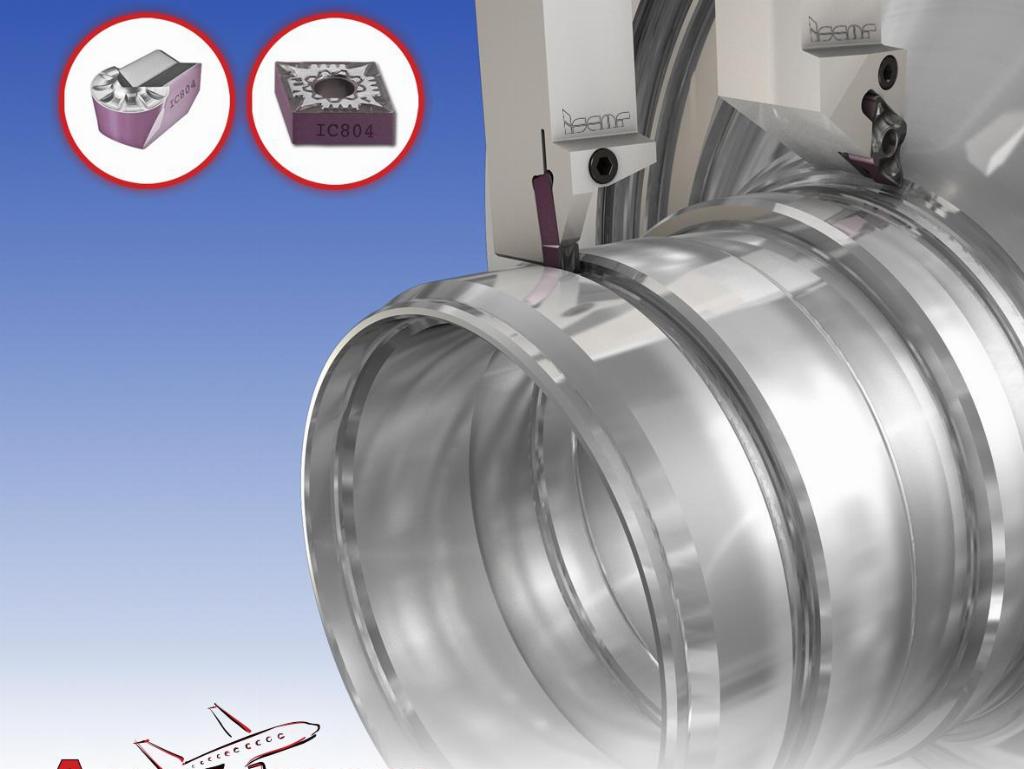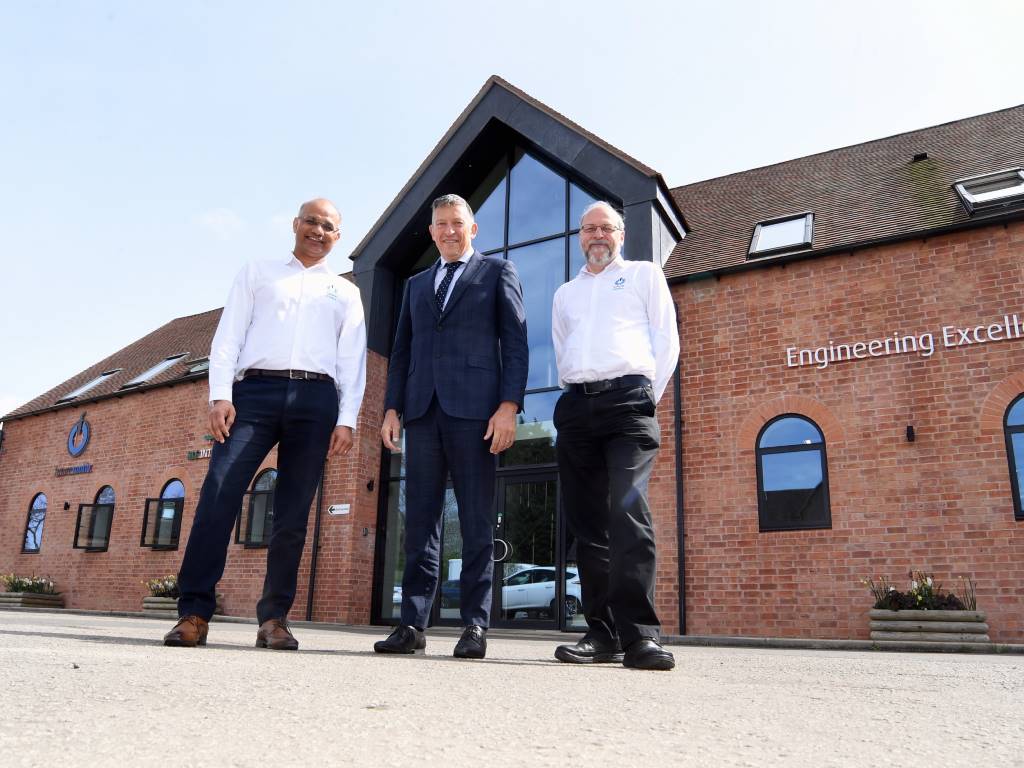Wide world

The processing of long, wide sections of metal plate to exacting dimensions, tolerances and finishes presents challenges in demanding industries such as the aerospace sector. Traditionally a combination of milling and stone abrasive grinding have been the weapons of choice, but as Dave Tudor discovered, there is an alternative – belt grinding technology from Dutch company Timesavers and its UK agent, Christchurch-based Ellesco.
The development of Timesavers’ 81 series wide belt machines is an evolutionary one, initially born from a customer request some 14 years ago to develop a machine that could not only provide excellent surface finishes on large sections of steel plate, but also remove material to accuracies of 0.05mm.
Traditionally, the methods adopted for processing wide plate material typically comprise a combination of milling and stone grinding. The use of long and wide plate material, particularly in the aerospace sector brings with it its own set of issues, namely the consistency of the flatness and thickness of the material. While it is possible to grind using stone abrasives, or to mill these sheets to bring them within specification, there are drawbacks associated with each.
Milling, whilst a relatively rapid process is not the most accurate and it becomes more difficult on thinner materials. It also has a tendency to leave unacceptable feed marks. Grinding using stone abrasives provides the required accuracy and surface finish but this is at the expense of lengthy cycle times. Both processes also generate significant levels of heat.

The belt grinding technology used on Timesavers 81 series machines – according to Timesavers and its UK partner Ellesco – provide the best of both worlds; the accuracy and excellent surface finishes associated with grinding coupled with the speedy cycle times obtainable through milling.
“A big problem initially with the design was how to hold and transport the sheet through the machine,” explains Piet Kooman, sales and marketing director at Timesavers, based at Goes in The Netherlands. “On larger plate, we decided that the traditional conveyor belt or roll feed methods would be unsuitable – and with the latter you get surface marks on the material between rollers – so we opted for a vacuum table based on a reciprocating table that we sourced from our partner Autopulit in Spain.
“At around 10,000kg/m² holding forces, this provides rock solid sheet holding capabilities, keeping the sheet totally flat on the table. With Timesavers 81 machines it’s also possible to have individually operated multiple vacuum segments.”
Belt and braces
The latest, third generation Timesavers 81 machines are suitable for plate thicknesses from 0.15mm to 100mm and are available in single or dual belts formats, with or without rotary deburring brushes. Machine widths are 600, 1,000, 1,600, 2,100 or 2,600mm and a wide variety of materials can be processed – titanium, molybdenum, stainless steel, aluminium/nickel alloys and carbon steel, grinding to accuracies of ±0.02mm. An integrated quick change belt replacement system is both rapid and impressive with changes taking literally moments.

On the subject of grinding belts, at the time of visiting, a Timesaver 81 machine was undergoing assembly at the Holland facility and featured a cycle counter to prompt the operator when it was time to change the belt.
“This is particularly useful for dual shift operations,” Mr Kooman explains. “Based on measurable power draw, a grinding belt has a pre-determined lifespan measured in cycles – and with every cycle the counter advances, advising the operator when the belt needs to be changed.
“Belt technology itself has advanced considerably since the early machines,” he continues. “Today for metal removal, products like 3M’s Cubitron feature multiple layers of angled ceramic ‘pyramids’ for optimum material removal and long belt life are commonly used. For finishing, Hermes Mercurit silicon carbide resin-bonded agglomerate belts offer three to five times longer life than conventional variants. Similar performance is available from 3M’s Trizact belts.”
The wide belt process also removes the hard, exterior oxide layer/skin (known as the ‘alpha-case’ in titanium) and grinds the material in much the same way that a surface grinder would, but it is able to do it much faster, making use of less energy as the abrasive belt operates over the full width of the sheet every pass. The result is greater efficiency and reduced manufacturing costs.
Machine evolution
Timesavers 81 series machines are able to process sheets and slabs up to 7,500mm long and 2,100mm wide, with thicknesses from 0.15mm up to 100mm being accommodated, and stock removal of up to 0.2mm/pass achievable. It is also possible to grind a tapered profile along the length of the material.
When it comes to machine configuration, Timesavers works closely with its customers to ensure the right solution is provided. Mr Kooman maintains that both parties learn from the experience: “Whilst the base machine is relatively standard, our customers point us in the right direction in terms of evolution,” he says.
“Following installation, after about four weeks we revisit the client and often they’ll request changes that will genuinely improve the usability of the machine. We’ll make those changes and learn from the experience for future reference. A growing part of our business is turnkey applications – as well as the machines themselves, we also install ancillary equipment such as roller conveyors and tables, automatic stacking and de-stacking units, and water filter units for wet grinding applications.”
The wide belt grinding process is perhaps best known for processing difficult sheet materials such as titanium, stainless and molybdenum, but the challenges for Timesavers and Ellesco in the UK are twofold – firstly getting the message out that significant productivity gains can be made on more standard materials such as carbon steel and secondly that the process offers a cost-effective, viable alternative to more traditional milling/stone grinding methods.
Go compare
An area where belt grinding really excels over wheel grinding is energy consumption. Specific energy is the energy required to cut a unit volume of work material (E) and is measured in kWh/mm³. There is less specific energy used in the belt grinding process when compared with wheel grinding, meaning a reduction in heating of the material itself and therefore less negative influence on the material surface finish, resulting in less metallurgical damages and lower residual stresses.
Additionally, lower cutting forces also mean lower costs in terms of energy consumption and reduced belt wear. This in turn leads to higher geometric accuracies.
| Yield strength (MPa) | Material | Wheel Grinding
(kW/mm³) |
Belt Grinding
(kW/mm³) |
Milling
|
| 97 | Aluminium | 37.5 | 6.0 | 3.8 |
| 370 | Cast Iron | 60.0 | 6.8 | 4.2 |
| 480 | Steel (c45) | 68.2 | 9.0 | 5.4 |
| 630 | Stainless | 214 | 43.3 | 30.0 |
| 690 | Nickel Alloy | 375 | 77.4 | 53.5 |
| 750 | Titanium | 441 | 90.3 | 62.5 |
In data presented by Mr Kooman – from the table above, in terms of energy consumption, it’s clear that belt grinding is significantly more economical than wheel grinding, but additional considerations include cutting energy and friction energy.
The former is pretty much consistent across milling, wheel grinding and belt grinding, but although there’s more energy consumed in grinding operations compared with milling generally, that figure is much less with belt grinding than with wheel grinding. The large positive angles and subsequent large chip thicknesses produced by the abrasive material on 3M Cubitron belts for example, also lead to less energy consumed and higher productivity.

“In our investigative tests, we compared all three processes – milling, belt grinding and wheel grinding – and scored them accordingly against the following criteria: surface finish quality, tolerances, productivity, specific energy and costs,” Mr Kooman advises.
“Belt grinding came out top on surface finish quality; second behind wheel grinding on tolerances; second behind milling on productivity; equal first with milling on specific energy; and equal second with wheel grinding on costs,” Mr Kooman affirms. “As a standalone process, there’s no doubt that milling is quicker and cheaper but it can’t compete on accuracy and finish.
“Of course the quantities have to be high enough to justify the cost of belt grinding, but in the long run, payback can be realised in a very short period of time. This process won’t be right for everybody but in demanding industries like aerospace, it has huge potential for higher productivity and lower costs across a wide range of materials.”
A particular success story for Timesavers was for a customer processing 6 x 75mm wide titanium strips on both sides with each strip being 1.5m in length. Total number of strips was 10,000 and the total machined area was 2,250m².
The customer’s original process was unsustainable – not least because of horrendous 60% scrap rates costing in the region of €600,000 per year. After switching to a belt grinding process proposed by Timesavers, scrap was all but eliminated.
Four decades and counting
Representing Timesavers in the UK and Ireland for more than 40 years, Ellesco has acquired a thorough depth of knowledge of the deburring and grinding processes offered by Timesavers.
“The use of wide belt grinding technology, such as that found in the 81 series machines, delivers much lower operating costs when compared with stone-based abrasive technology,” states Ellesco’s managing director, Vincent Simonis.
“In addition to pure cycle time savings the management of the process is also easier, with belt changes requiring much less time than would be required to adjust or change a grinding stone. It also has advantages over milling as thinner sheets can be processed and the surface quality is far superior.”
Ellesco www.ellesco.co.uk
Timesavers www.timesaversint.com













